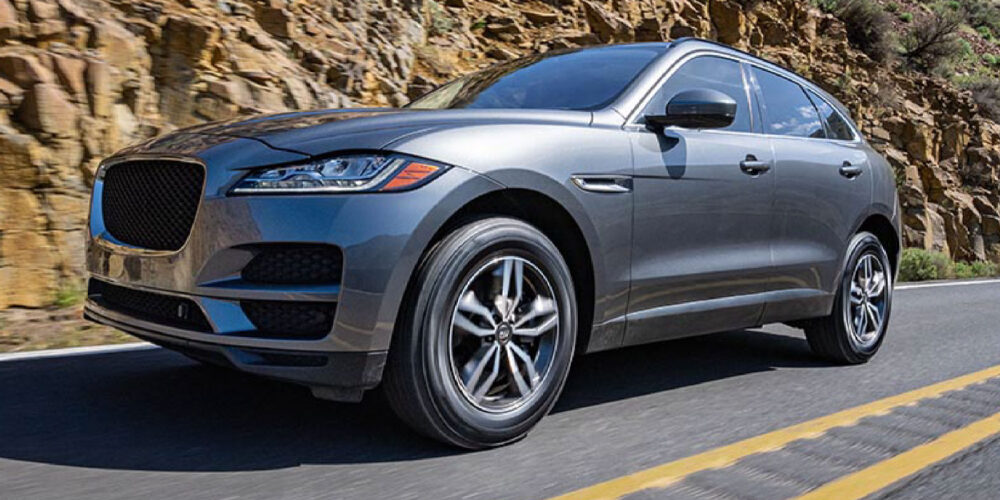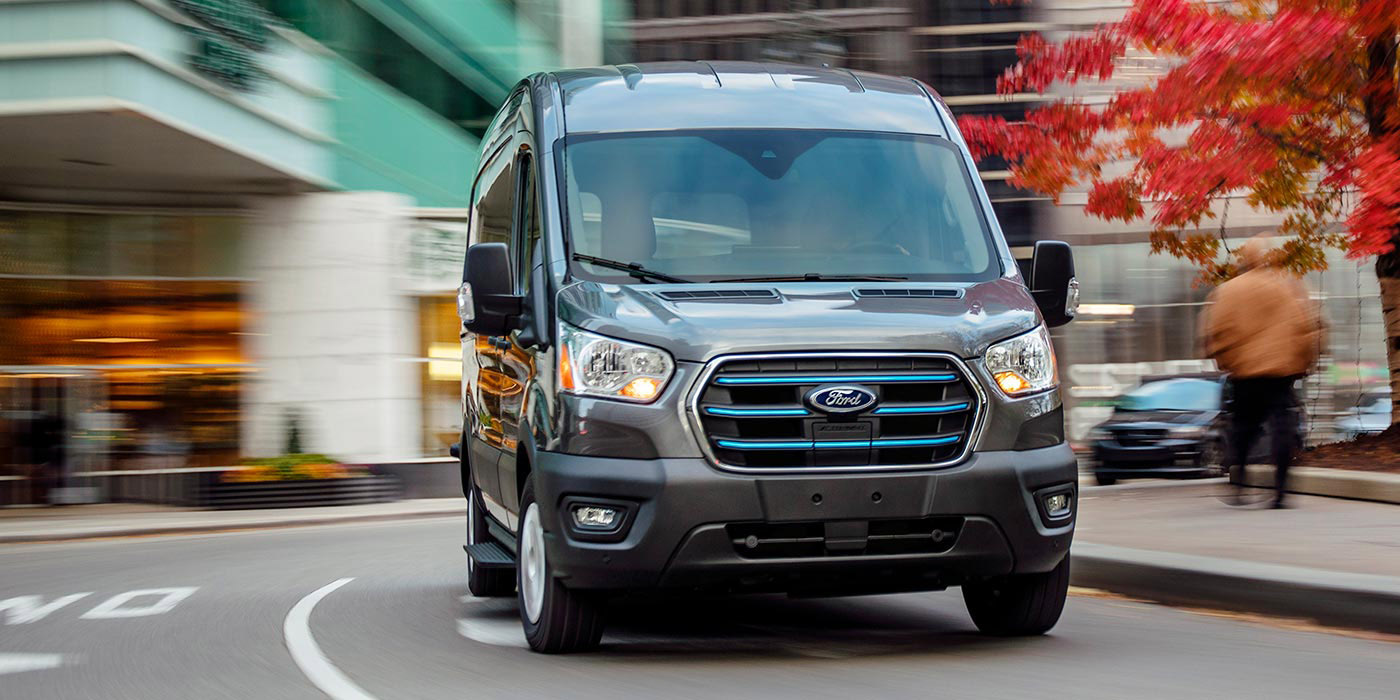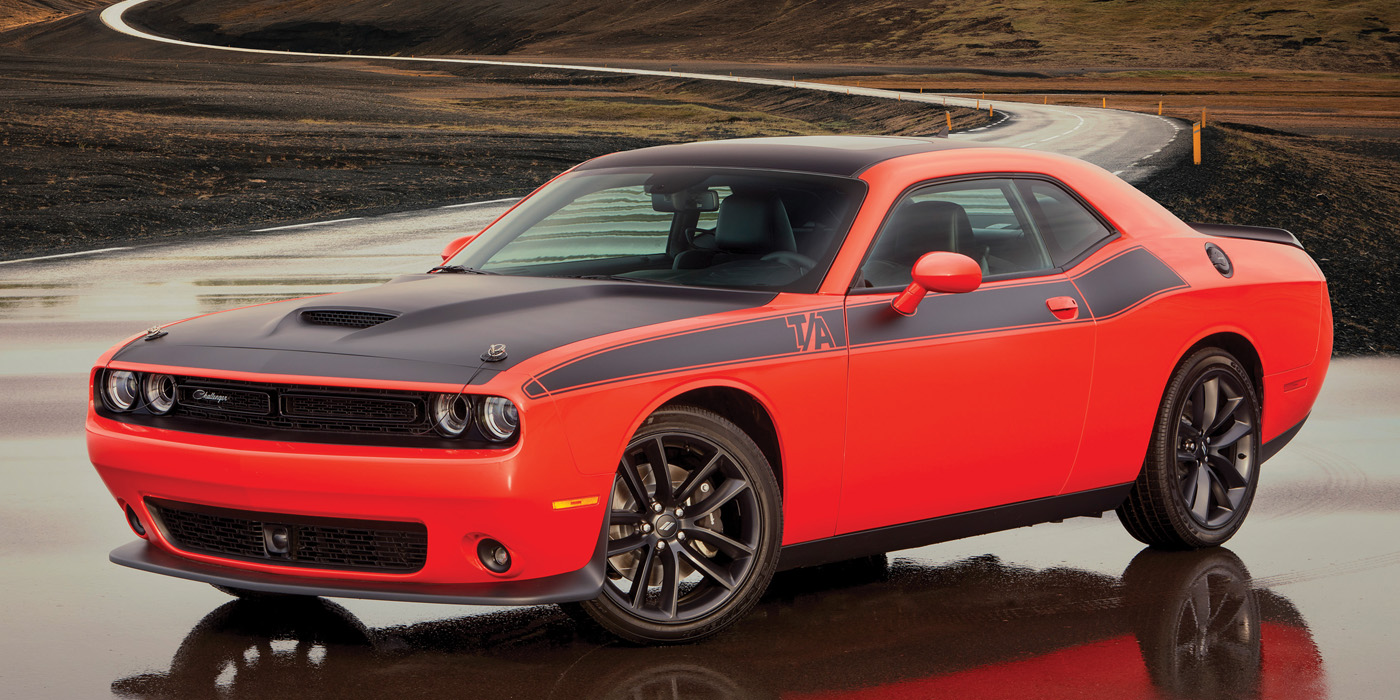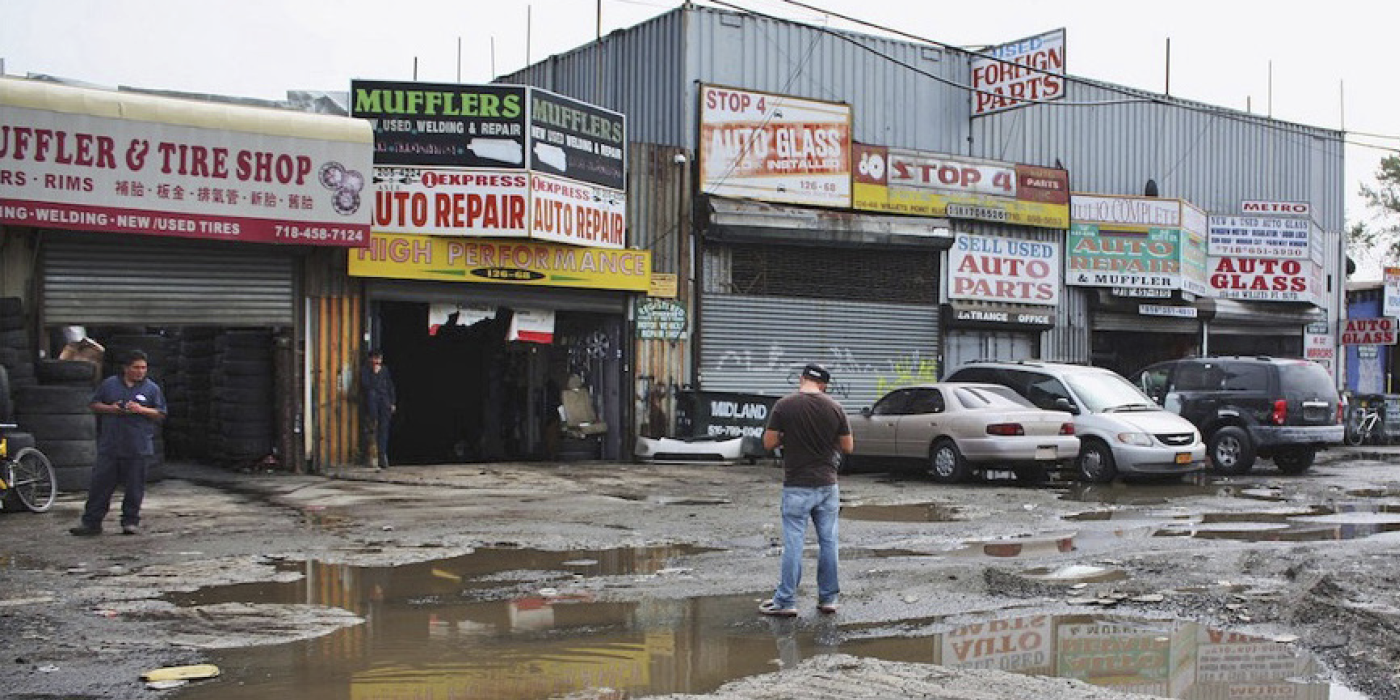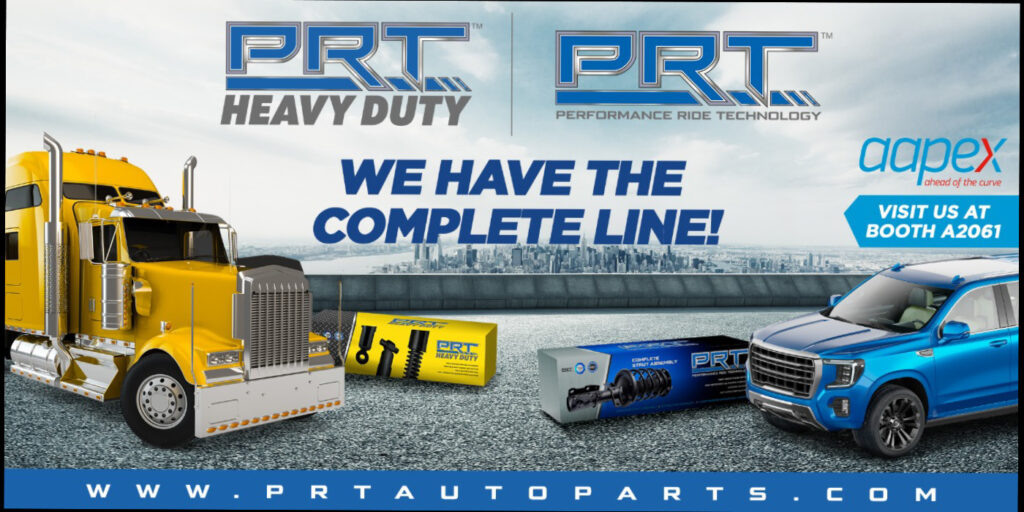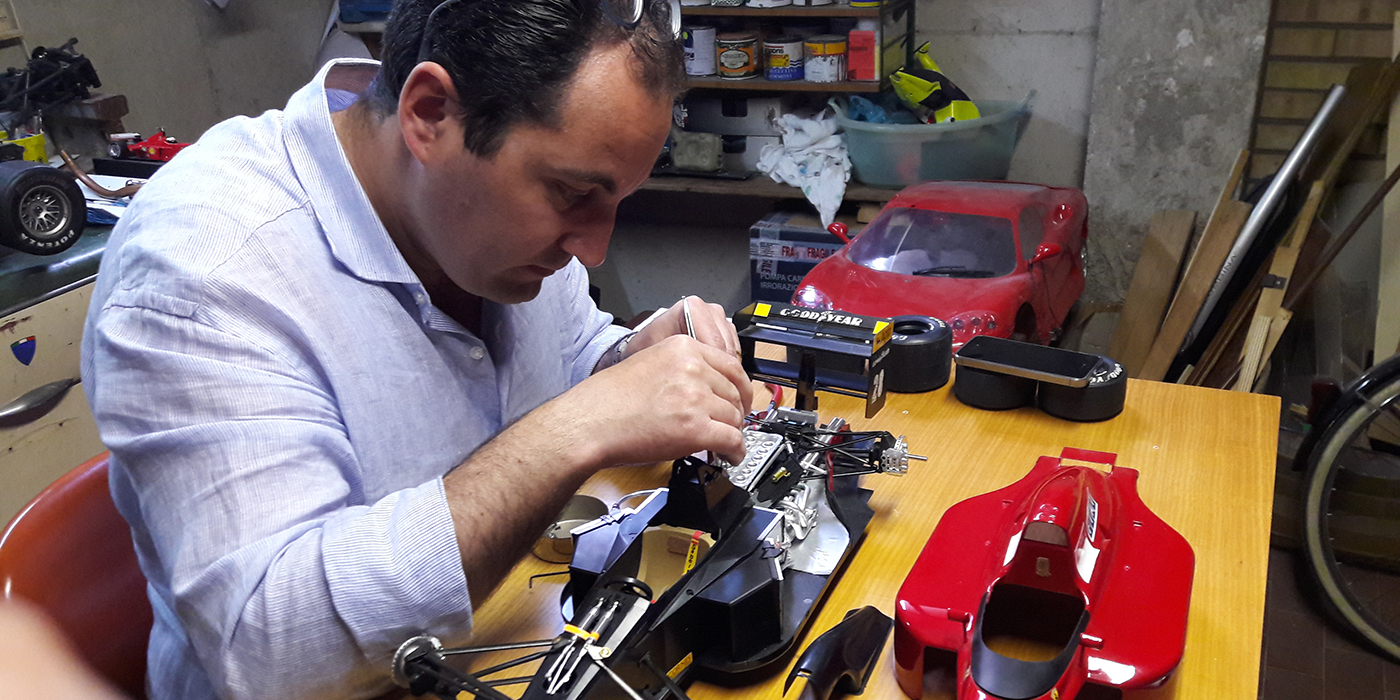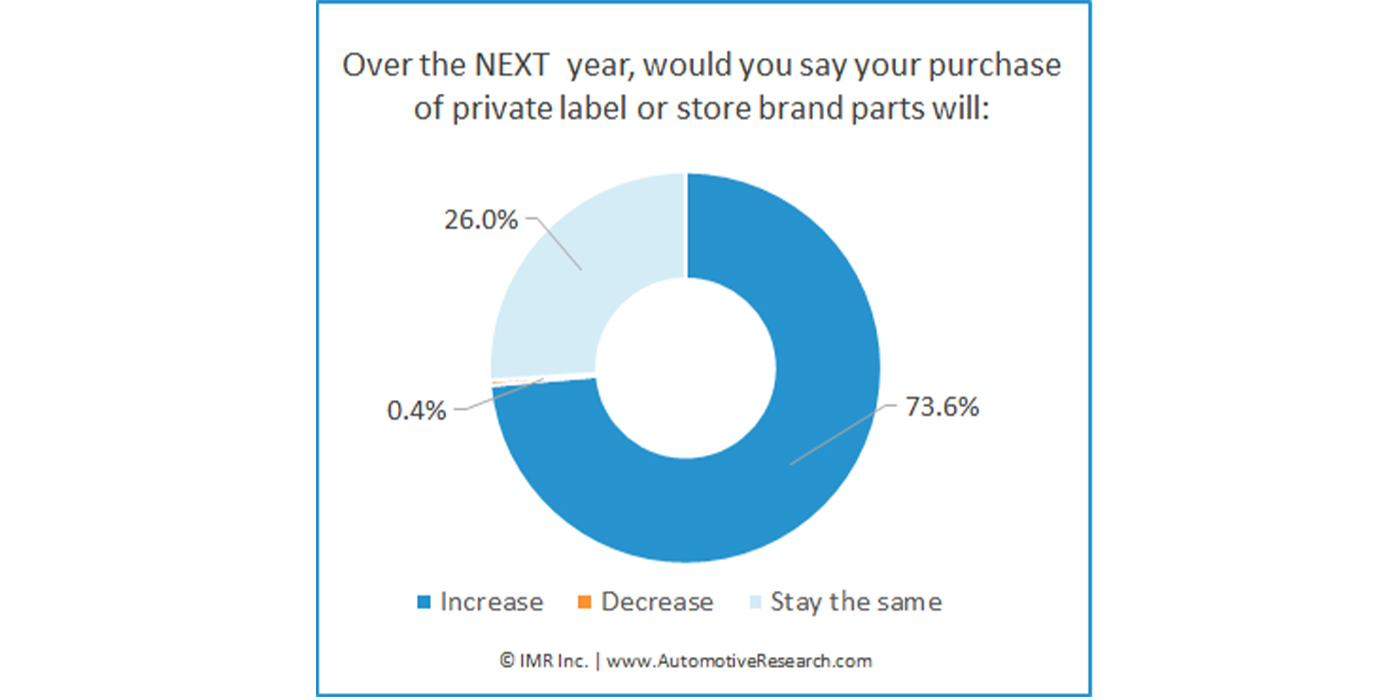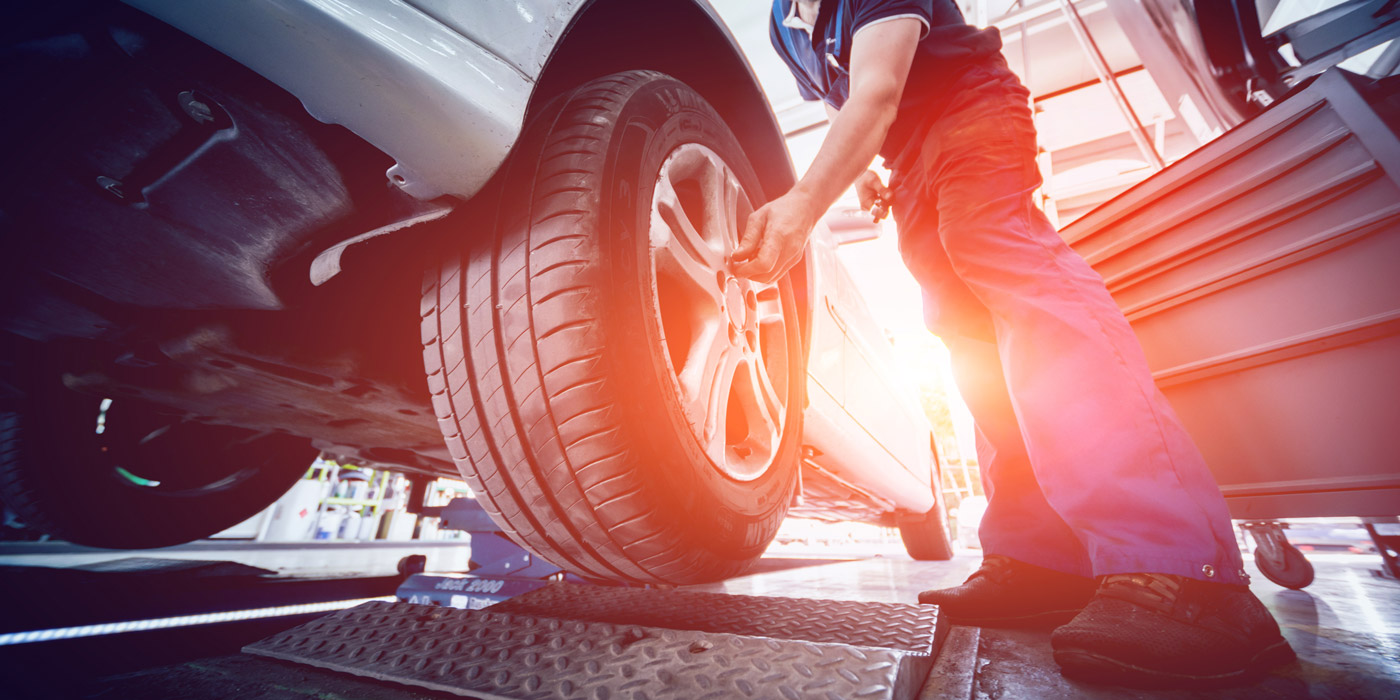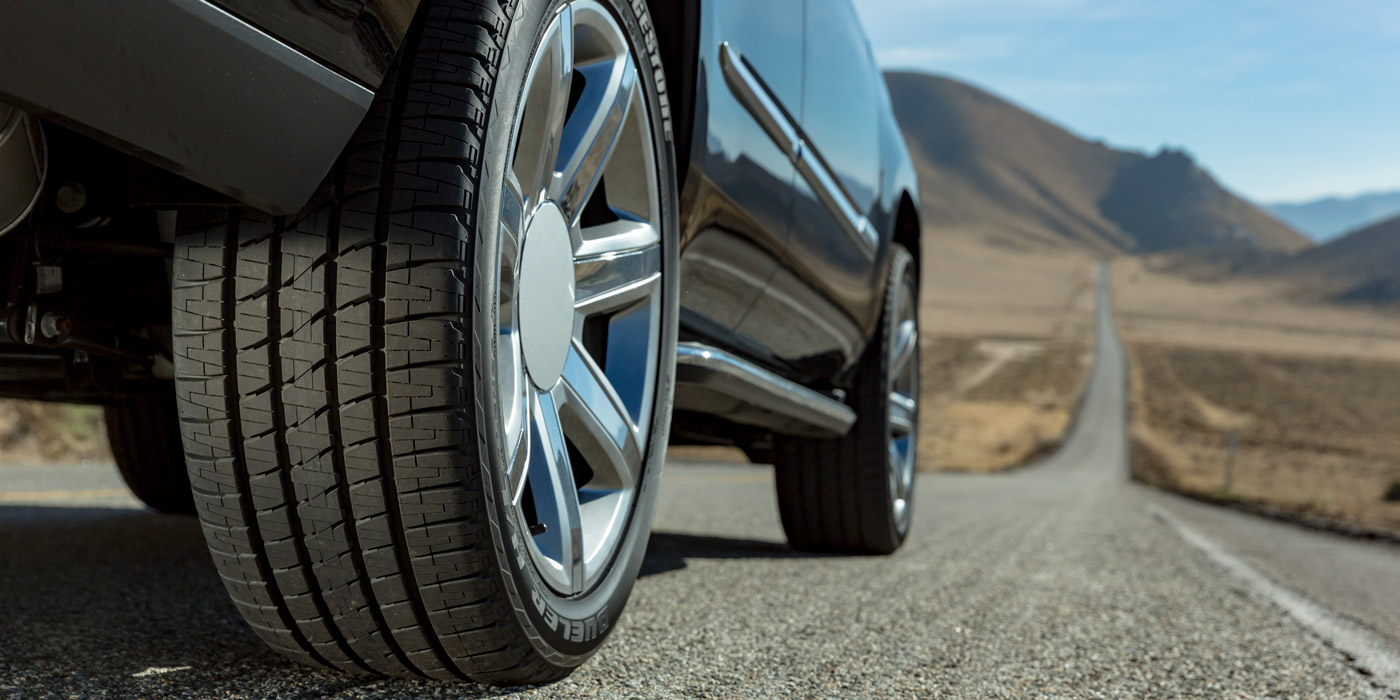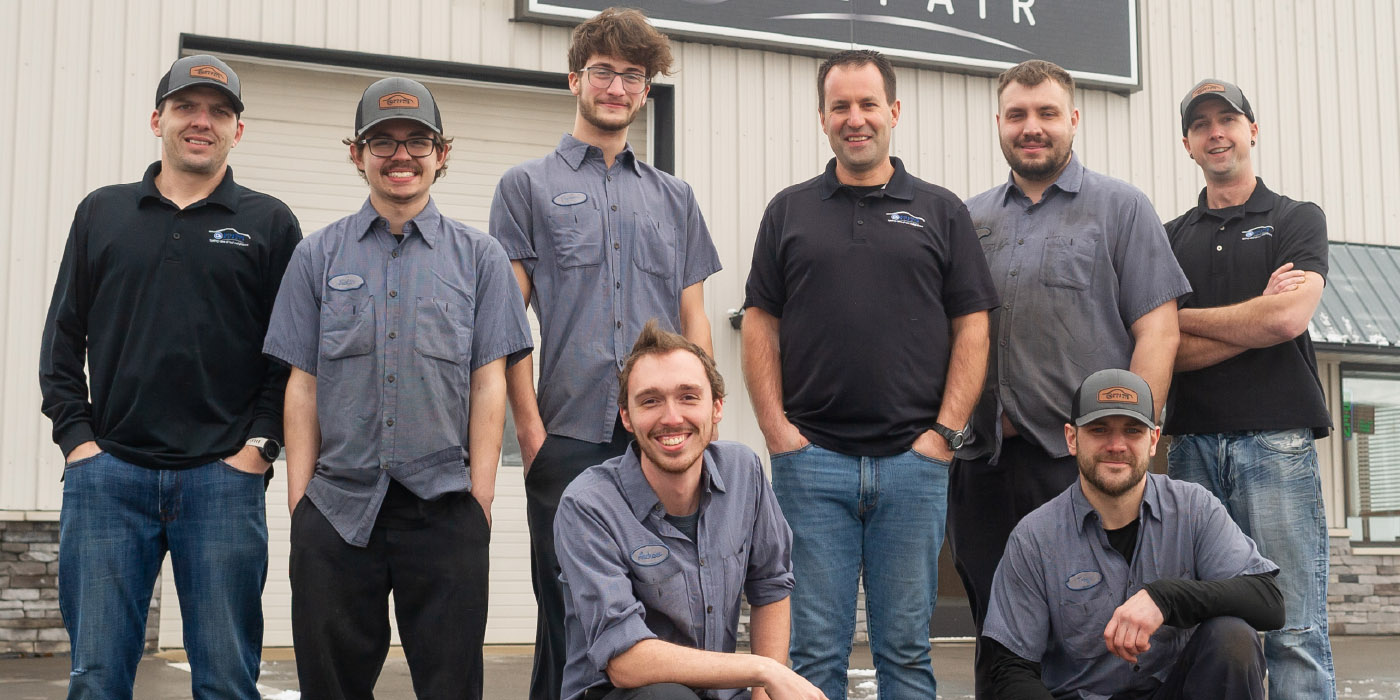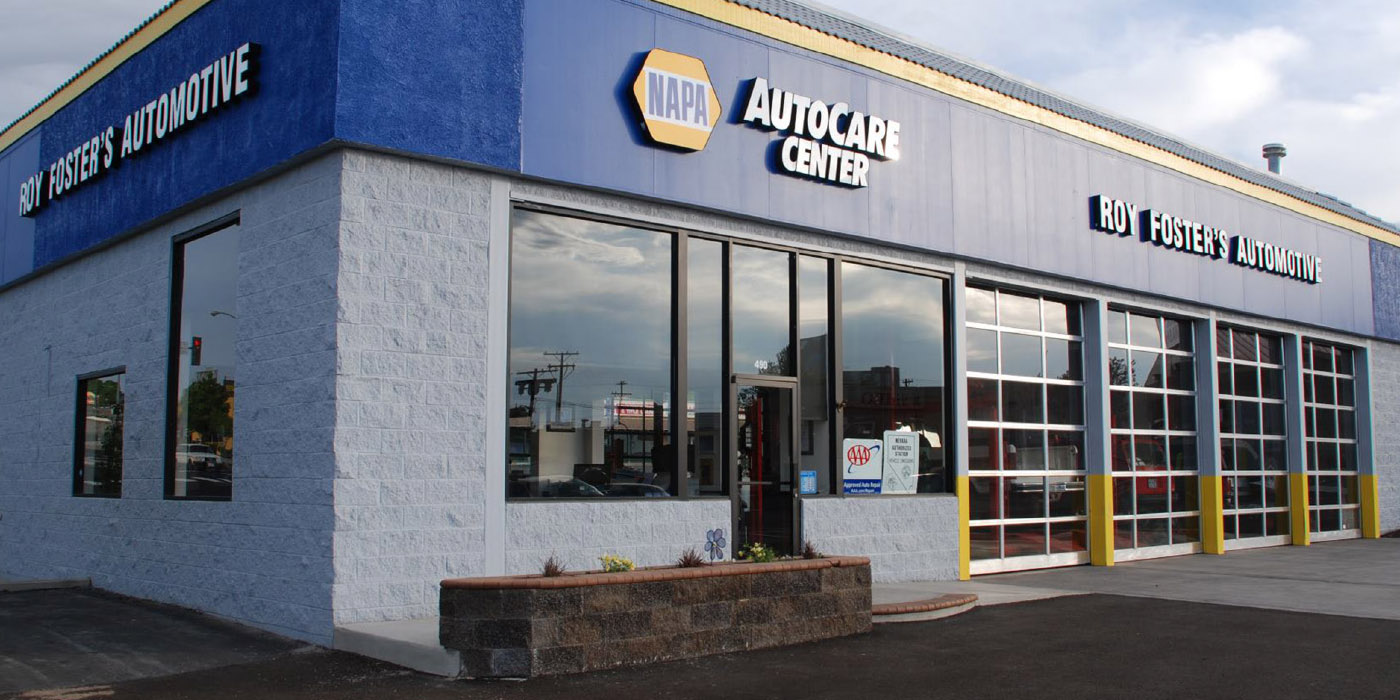With the continued popularity of sport utility vehicles (SUVs) and crossover utility vehicles (CUVs) in the U.S., it comes as no surprise that the corresponding tire segment also is seeing tremendous growth. While tire dealers know they need to stock these best-sellers in order to remain competitive, it’s also important to stay up-to-date on trends, technology and consumer needs in order to excel in this segment.
According to Jason Yard, marketing director for Nexen Tire America, while SUV and CUV tires continue to lead the industry for growth, they are beginning to overlap more and more. With capabilities and features that have become very similar, the only differentiators are size and capacity. Moonki Cho, product manager for Hankook Tire America, says performance-specific tires are needed to meet each vehicle’s needs.
“CUVs have previously provided the same purpose as SUVs — to carry passengers and other weight,” says Cho. “However, as demand for high-performance CUVs has increased, performance-specific tires have become more necessary. We are also seeing more segmentation in the CUV tire market, depending on the performance of the vehicle.”
Brad Robison, senior product manager for Bridgestone Americas, says that the continued popularity of SUVs and pickups is driving tremendous growth and adoption of higher rim diameters.
“SUVs, CUVs and pickups combined to account for nearly three-quarters of U.S. passenger car sales in 2022, with SUVs accounting for more than half of the total; this is despite relatively high fuel prices,” he adds. “While light-truck sales were already very much on the rise, the COVID pandemic seems to have further accelerated the trend, as more buyers decided to take up outdoor hobbies like camping and off-roading. Even as restrictions have lifted, drivers have continued to embrace the outdoor and off-road culture, growing the all-terrain and max traction tire segments tremendously.”
Consumers have shifted toward CUVs from sedans, and manufacturers have been developing CUVs with higher rim diameters than what was standard a decade ago, according to Robison. Both OE fitments and replacement tires have shifted to these increased rim diameters.
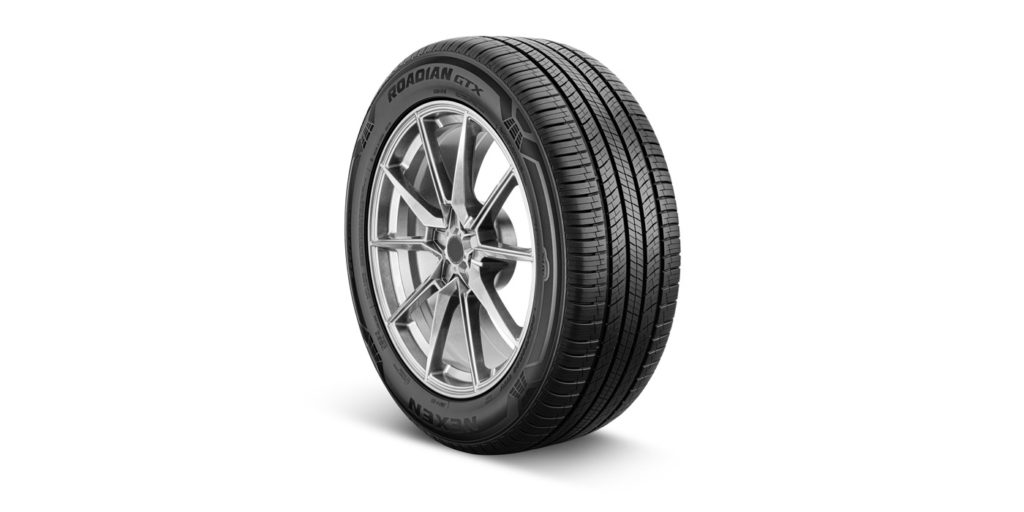
The Shift to EVs
Another trend that is here to stay is U.S. consumers’ continued adoption of electric vehicles, as well as manufacturers offering more fuel-efficient, smaller engine options.
“Virtually every manufacturer has an offering in one of these segments, even the luxury and exotic brands,” Yard notes.
“The steady growth of electric and electrified trucks and SUVs will drive new innovations to address wear resistance, traction and NVH (noise, vibration and harshness) considerations that are unique to electrically-powered vehicles,” Robison says. “The industry push for the electrification of CUVs requires tires to adapt to the additional wear, traction and NVH considerations.”
With the introduction of EVs, SUV power output has become much greater and the overall load has increased, according to Cho, who says, “This necessitates new design requirements to withstand high loads while maintaining general performance requirements. Hankook’s recently released iON evo AS product includes improved tire stiffness that is essential to bear the increased weight of EVs. Achieving a well-rounded balance between these aspects is the
largest difference in the SUV tire market.”
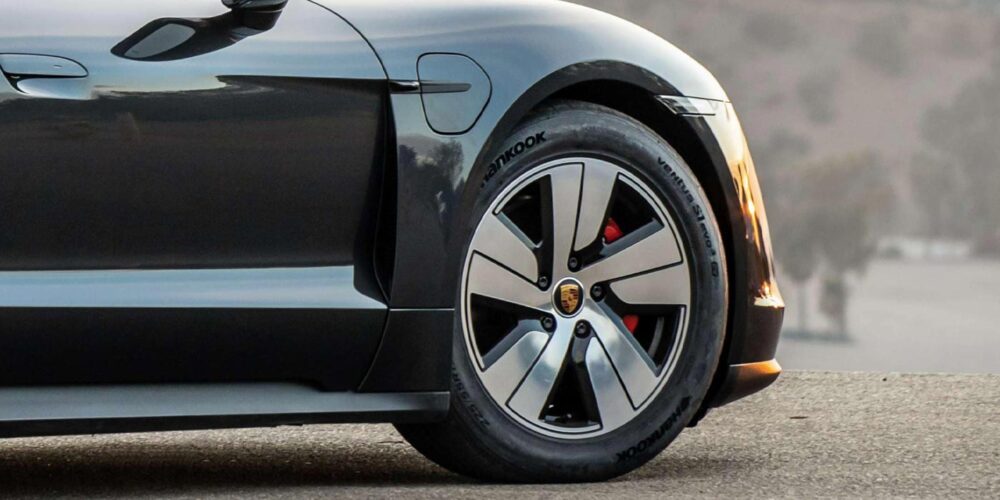
Tire Performance
When it comes to SUV and CUV tire performance demands, location and vehicle type each play a part.
“If it’s a high-performance Porsche Cayenne in Texas, a high grip, low profile summer or UHP tire is probably desired,” Nexen’s Yard says. “However, a family-friendly Chevy Tahoe in Michigan is probably in need of a wet traction, all-season tire. Often, the default of many SUV/CUV OE tires is an all-season or all-weather tire offering with more load capacity than a standard car tire.”
“Safety is priority number one for many buyers, and the industry has delivered a large array of touring tires, made for SUV and CUVs, with safety features and benefits,” Bridgestone’s Robison says. “Regionally, winter capability is very important as it merges the necessity of safety with discernable performance advantages in snow and ice.”
In addition to location and vehicle type, there also are general performance aspects that are in demand for all drivers in this segment.
“Drivers of SUV and CUVs, especially, are more sensitive to the in-cabin experience, making ride comfort and noise a priority,” Robison says. “Larger tire footprints and more aggressive tread patterns can negatively impact on-road NVH. It’s critical to offer a wide range of products that can effectively address the differing priorities of each buyer, whether it’s off-road performance or even just more rugged design aesthetics versus on-road refinement, efficiency and wear resistance.”
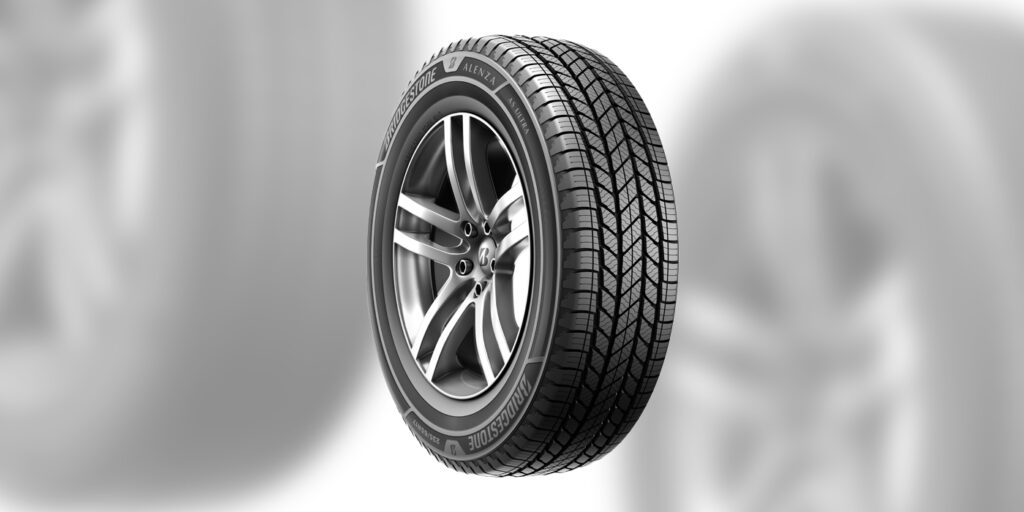
“Durability is the most important performance quality,” Hankook’s Cho says. “Tire manufacturers are continuing research and development efforts to improve durability as SUVs, CUVs and even EVs require tires that can perform under greater loads than before.”
Technical Aspects & Matching Customer Needs
As in other segments, SUV and CUV tire performance is largely a product of tire technology.
“Tire manufacturers are constantly researching and developing products to deliver the highest optimized performance,” Cho says. “The rigid tread block helps the most when it comes to stability. In addition, other performance requirements, such as ride quality and wear performance, are supplemented by compound technology.”
Other highly desired technology includes low rolling resistance and high mileage wear compounds for on-road driving and fuel efficiency, according to Yard.
This large, fast-growing tire segment has many offerings from which to choose. It’s imperative for dealers to consider vehicle performance requirements, driving styles and purpose when presenting the appropriate product, according to Cho.
“There is no ‘one size fits all’ offering, so it’s good to consider a good, better, best approach,” Yard says. “Showcasing a different feature for each can help consumers determine what is most important to them.”
Robinson said since there is a great deal of variety when fitting SUV and CUV vehicles, dealers should consider which type of tires provide the level of vehicle coverage they’re looking for.
“For example, it would be more efficient to stock one tire line that has excellent size and speed rating coverage, instead of multiple tire lines,” he said.
Lastly, dealers should think about how to efficiently service these customers and make considerations for the types of tires they are stocking, Robinson adds.
“For example, if they are seeing an increase in SUV and CUV owners who are interested in off-roading, stocking more all-terrain and max traction options will help boost take rates. Depending on the dealer’s location, they also may want to consider carrying a 3PMSF-rated (three-peak mountain snowflake) touring tire that will provide enhanced winter performance.”

